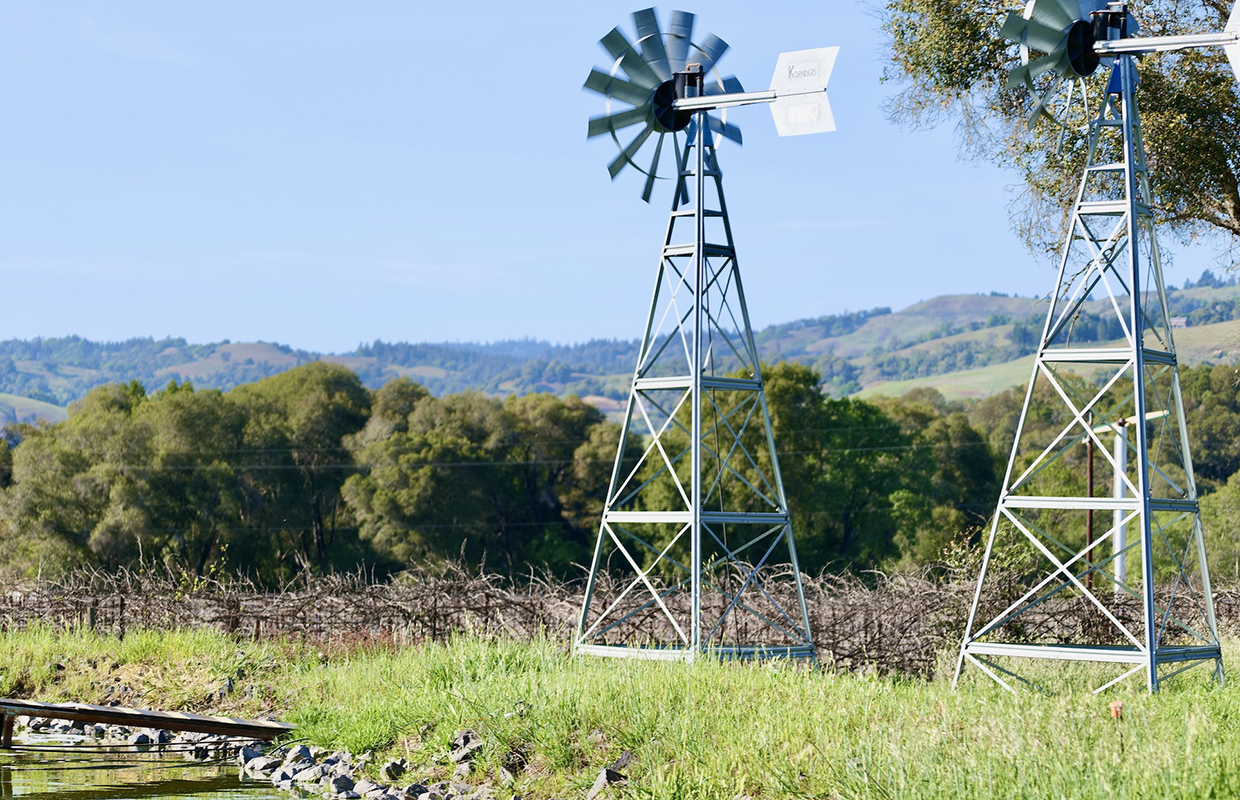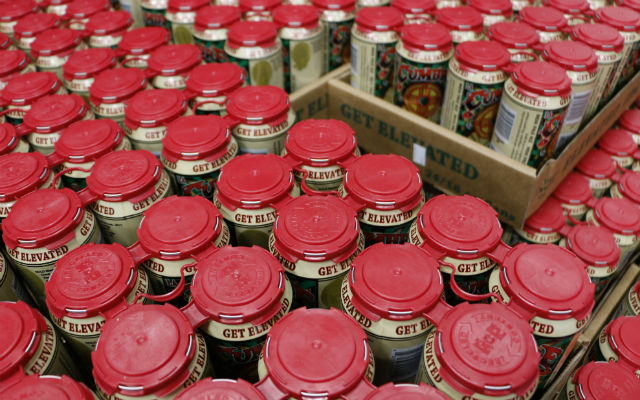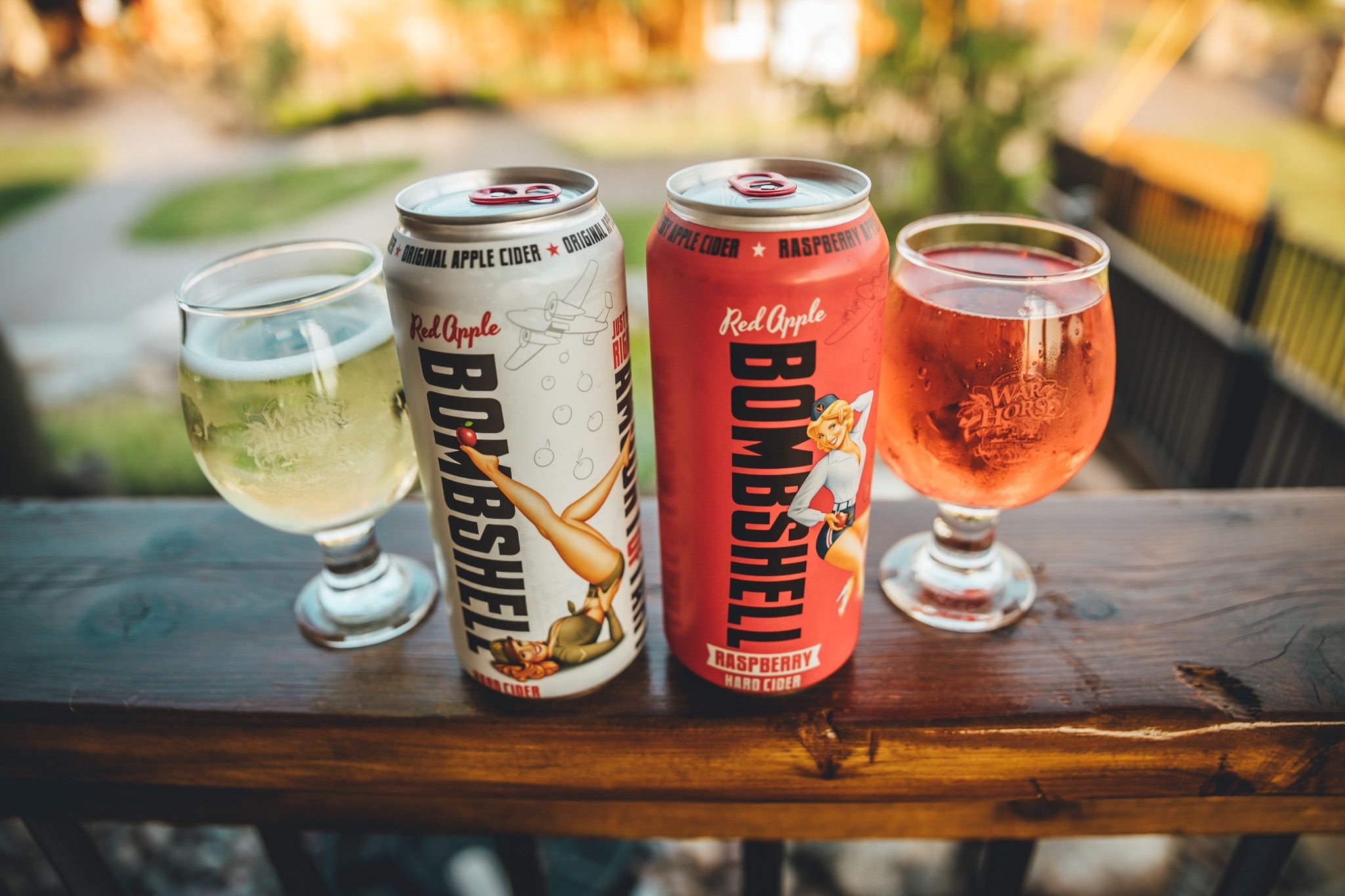
For decades, Anderson Valley Brewing Company has been quietly — and possibly unknowingly, said CEO Kevin McGee — operating one of the most environmentally responsible beer production facilities in the world.
Explaining that they were the first solar-powered brewery on the planet — a fact that McGee said he only discovered a few months ago — and working toward managing water usage is unique and incredible, but widely unknown.
”My family bought the brewery in 2019 because the beer has been consistently incredible for 35 years but also because of its history of sustainable and responsible operating practices,” he told Brewer recently as the Boonville, California brewery was getting ready to celebrate Earth Day today. “We are 100% family-owned and operated and what the brewery does and how it behaves directly reflects on us individually.
“We are looking at the brewery as a multi-generational part of our family and we are making decisions and operating it with that perspective. The fact that the brewery has been under-the-radar while quite literally leading the world in environmental brewing practices speaks to the core of who the brewery is, its personality, and authenticity. It’s a legacy that my family is proud to continue and proud to be a part of.”
The brewery’s water system itself was built in the 1990s and has been running continuously since then — which McGee said is a really big deal when you think about the volume of water handled through it over that time.
“It was a big investment and an undertaking that requires a lot of space,” he said, noting that having nearly 30 acres to work with and several skilled operators were handy. “The development of the system was very insightful and at the time they may not have really recognized how important it was.”
READ MORE: Turn Around: Fal Allen’s Innovations That Changed Anderson Valley
Initially, the program was probably driven by the dual goals of assuring a reliable source of high-quality brewing water and being responsible for handling the wastewater.
“The water composition at the brewery is nuanced and is a big contributor to the house style at Anderson Valley and specifically the balance we find in our beer,” McGee said. “Making sure that water was available and clean would have been a real priority when the system was developed. The handling of the wastewater would have been a concern simply because of the remote location of the brewery and a desire to generally avoid contributing waste to the local community — what we would now look at in terms of reducing negative environmental impacts but at the time was probably just thought of as being a good neighbor.”
As for how it works, it’s a fairly simple concept, he said: draw, treat and return. But the actual operations and infrastructure are really developed and it’s a pretty unique program, he added.
“We drilled 10 separate wells around the property which are cycled by a computerized switching system to feed a bank of storage tanks,” McGee explained. “At any given time we have a few hundred thousand gallons of water stored to buffer our operational usage and serve as a reserve.”
The water quality is analyzed and assessed and is then treated and drawn from the storage tanks to be used for both beer production and other normal uses around the brewery, including drinking and irrigation. Wastewater is captured and sent to the main treatment system which incorporates a succession of three treatment ponds before being discharged into an engineered field that is also home to what McGee called a “merry band of anti-social goats.”
“An exception being that we have a domestic-style septic system for appropriate waste streams,” he said. “The whole process is impressive and also unexpectedly additive to our environment — we have a lot of local critters and birds living around the ponds and even have a local otter who takes up residence from time to time; all great indications that our team is doing it right.”
The water is monitored and tested at every step along the way — including daily sensory evaluation by the brewers — and the lab staff also manages the reporting to various government entities and handles related certifications and inspections.
“The end result is that unless water leaves the property as an ingredient in the beer it is treated and returned to the water table we draw it from and we effectively end up with a zero-impact water usage cycle while being able to directly monitor and assure the quality and composition of our brewing water,” McGee said.
Other quiet practices, McGee pointed out, were the brewery has been diverting all brewing waste from landfills to feeding local cattle, replacing carbon dioxide with nitrogen from an on-site nitrogen generator, and transitioning to 100% endlessly recyclable and plastic-free packaging.
”These are all things that the brewery is already doing, and in some cases has been doing for decades, not because it was good marketing or a good image but because it was the right thing to do,” McGee said. ”We think it’s important because it helps us communicate who we are and the kinds of things that are important to us. We like the idea that the history of sustainable practices at the brewery can provide some insight for consumers to understand us better and help drive a stronger connection.”




Be the first to comment